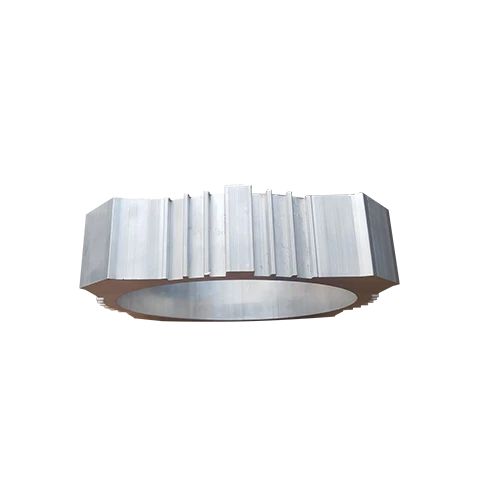Mobile:+86-311-808-126-83
Email:info@ydcastings.com
casting sand mold casting
Understanding Sand Mold Casting Techniques and Applications
Sand mold casting is a traditional manufacturing process that has been used for centuries to produce metal parts and components. Despite the advancements in technology, this method remains one of the most commonly used techniques in foundries around the world. Its versatility, cost-effectiveness, and suitability for a wide range of applications make it a popular choice in various industries.
The Sand Mold Casting Process
The sand mold casting process begins with the preparation of a pattern, typically made from metal, wood, or plastic. The pattern is a replica of the final product and is used to create a mold cavity in the sand. This mold is typically formed using a mixture of sand, clay, and water, which provides cohesion and allows the mold to hold its shape.
Once the pattern is placed in the prepared sand, the sand is compressed around it. After the mold solidifies, the pattern is removed, leaving behind a negative impression of the part. This process can be done in different ways, such as green sand casting, where the sand is moist, or dry sand casting, where the sand is baked to harden it. Each method has its own advantages and is chosen based on the specific requirements of the casting.
Filling the Mold
After the mold is created, the next step involves pouring molten metal into the mold cavity. The metal must be heated to its melting point and then poured carefully to avoid any defects. Common metals used in sand mold casting include aluminum, iron, and steel, each selected for its properties suited to the intended application.
As the metal cools and solidifies, it takes the shape of the mold. This cooling process is critical, as it affects the mechanical properties of the final product. Depending on the metal used and the cooling rate, different characteristics such as strength, hardness, and ductility can be achieved.
Advantages of Sand Mold Casting
casting sand mold casting

One of the primary advantages of sand mold casting is its cost-effectiveness. The materials used are relatively inexpensive, and the flexibility of the sand allows for the creation of complex shapes. Moreover, sand molds can be reused multiple times, making this process environmentally friendly.
The ability to produce large and heavy parts is another significant benefit. Sand mold casting can accommodate large dimensions that would be challenging or impossible to achieve with other casting methods. This is particularly advantageous in industries such as automotive, aerospace, and construction, where large components are often required.
Furthermore, sand mold casting allows for a high level of customization. Patterns can be easily modified to create new designs or accommodate specific project requirements, making it adaptable for both small and large production runs.
Applications Across Industries
Sand mold casting is utilized across numerous industries due to its versatility. In the automotive industry, for instance, it is commonly used to produce engine blocks, transmission cases, and various other components. These parts require high durability and excellent mechanical properties, which sand mold casting can provide.
In the aerospace sector, lightweight and high-strength components are necessary for optimal performance. Sand casting is used to create components such as turbine housings and brackets that meet stringent weight and strength requirements.
Additionally, sand mold casting is applied in manufacturing tools, agricultural equipment, and industrial machinery. Its capability to produce intricate designs makes it ideal for items like pumps, valves, and fittings.
Conclusion
In conclusion, sand mold casting is a time-tested method that continues to thrive in modern manufacturing. Its ability to produce complex and high-quality metal parts, combined with its cost-effectiveness, makes it an essential process across various industries. As technology evolves, innovations in sand casting techniques and materials will likely enhance its applications, ensuring that sand mold casting remains relevant in the ever-changing landscape of manufacturing. Whether for small-scale artisanal projects or large industrial operations, the significance of sand mold casting in producing functional and reliable components cannot be overstated.
-
Understanding Metal Casting TechniquesNewsApr.02,2025
-
Understanding Exhaust Manifolds for Enhanced Engine PerformanceNewsApr.02,2025
-
The World of Metal FabricationNewsApr.02,2025
-
Key Components for Pump and Turbo EfficiencyNewsApr.02,2025
-
Essential Tools for Automotive Maintenance and RepairNewsApr.02,2025
-
Durable Valve Components for Effective Water ManagementNewsApr.02,2025











